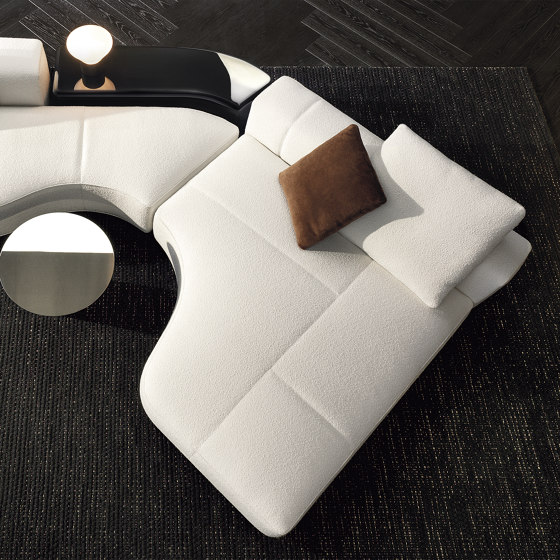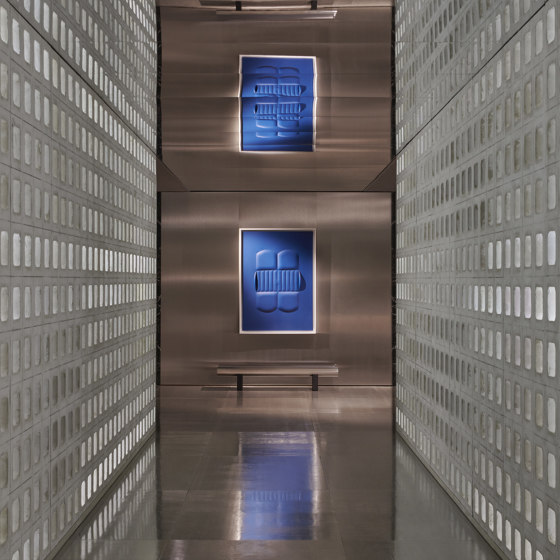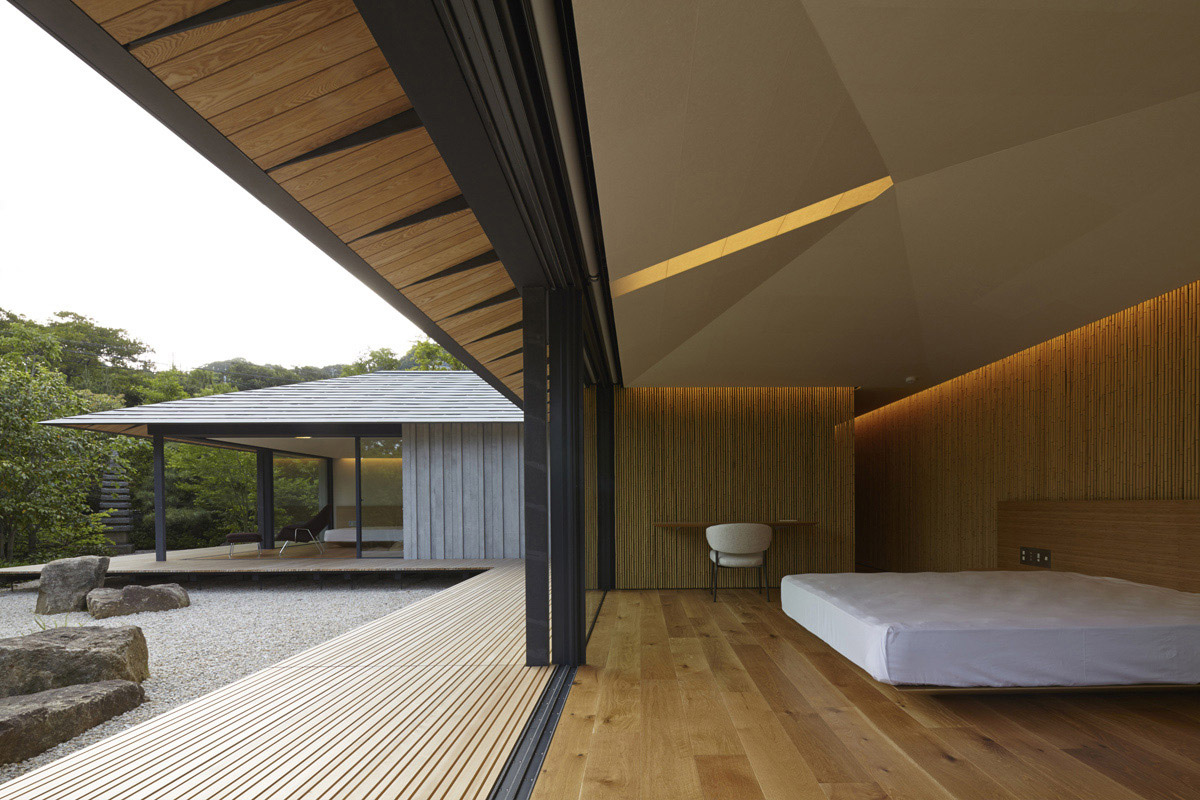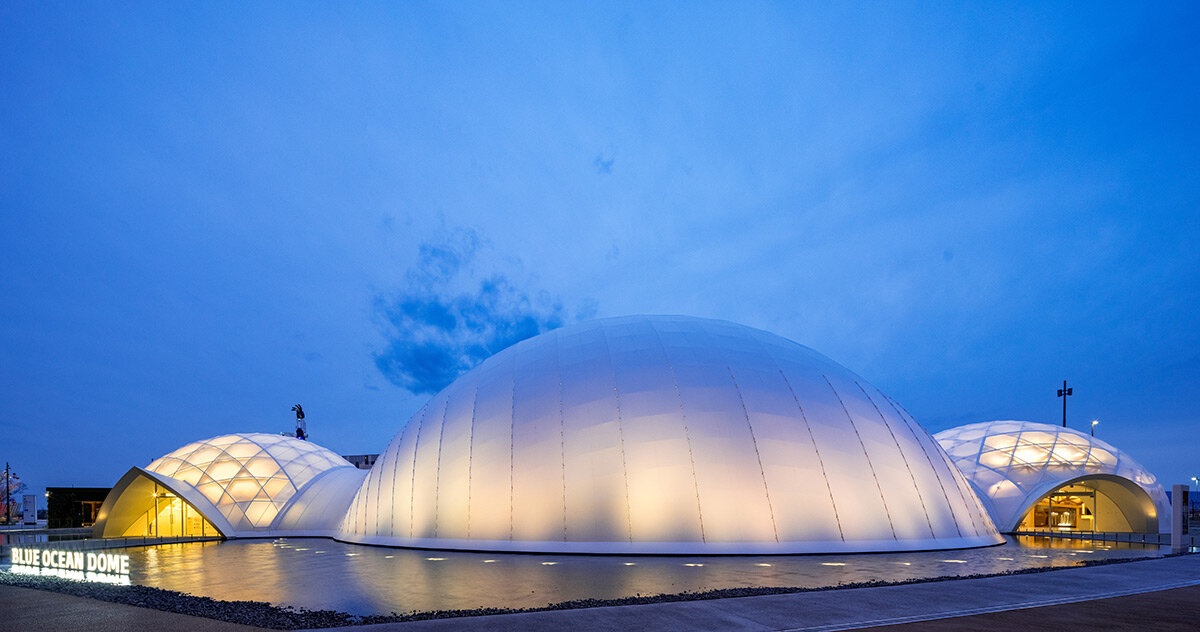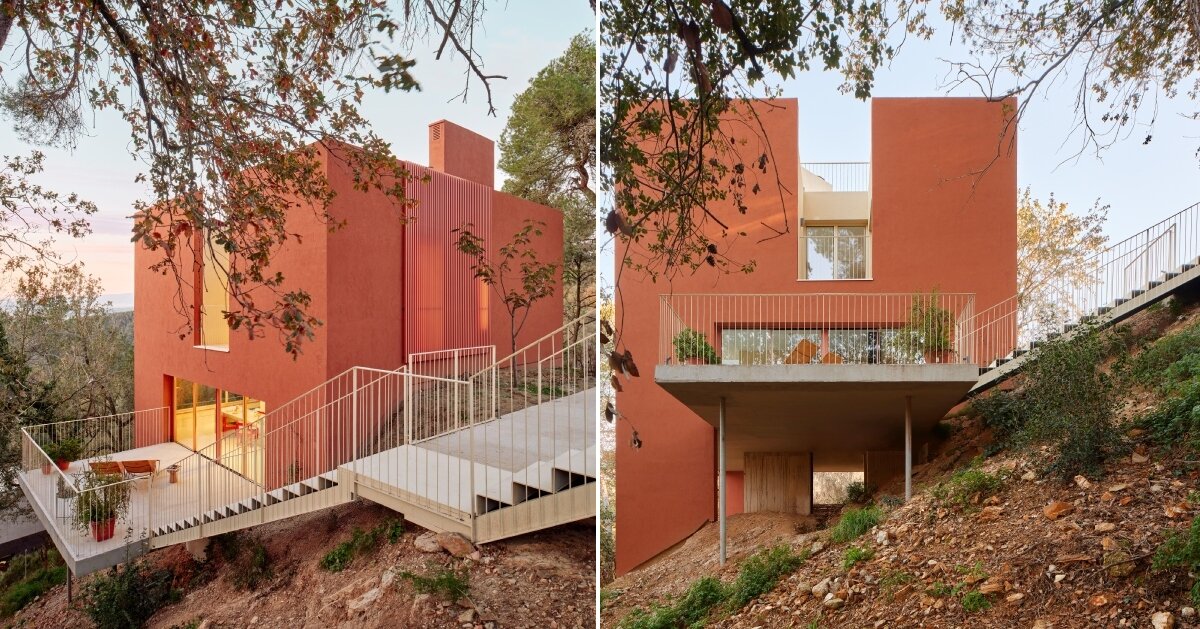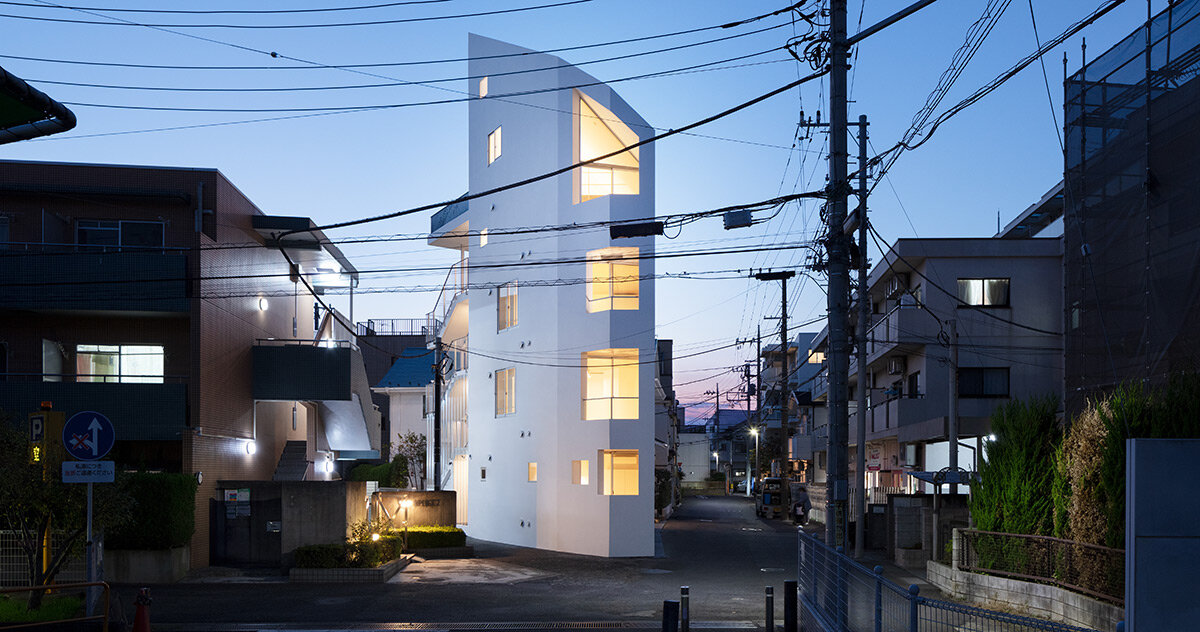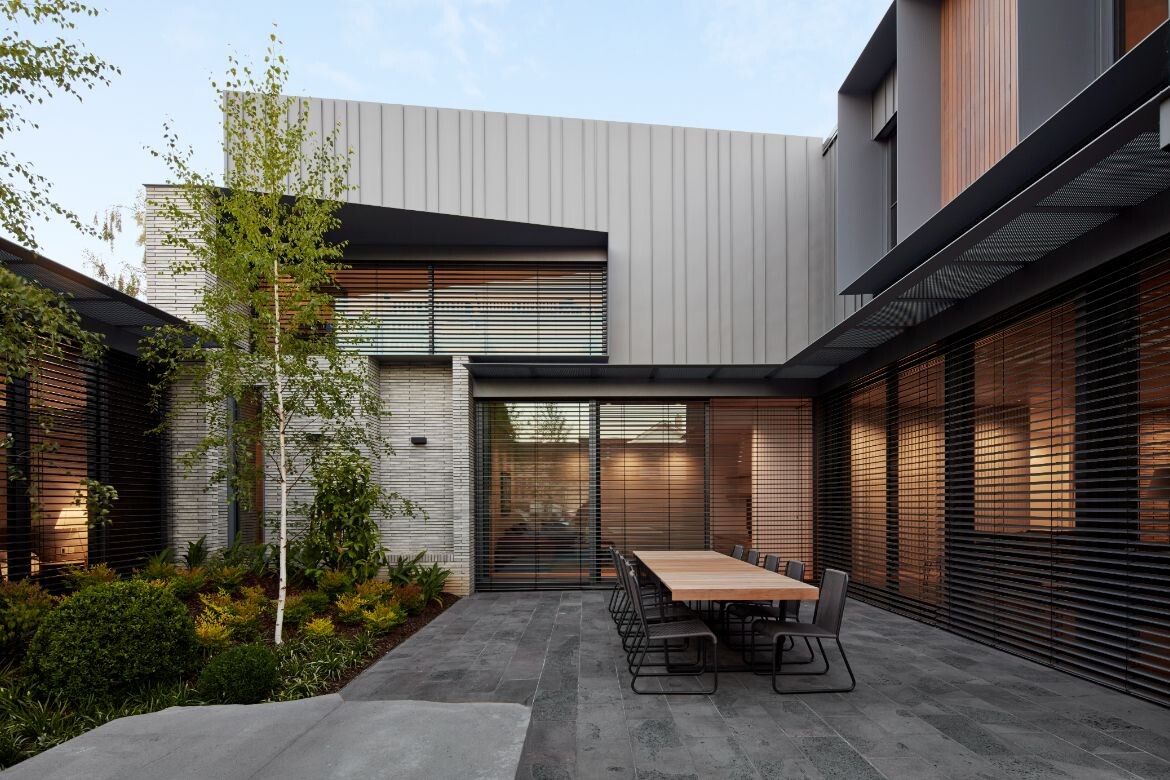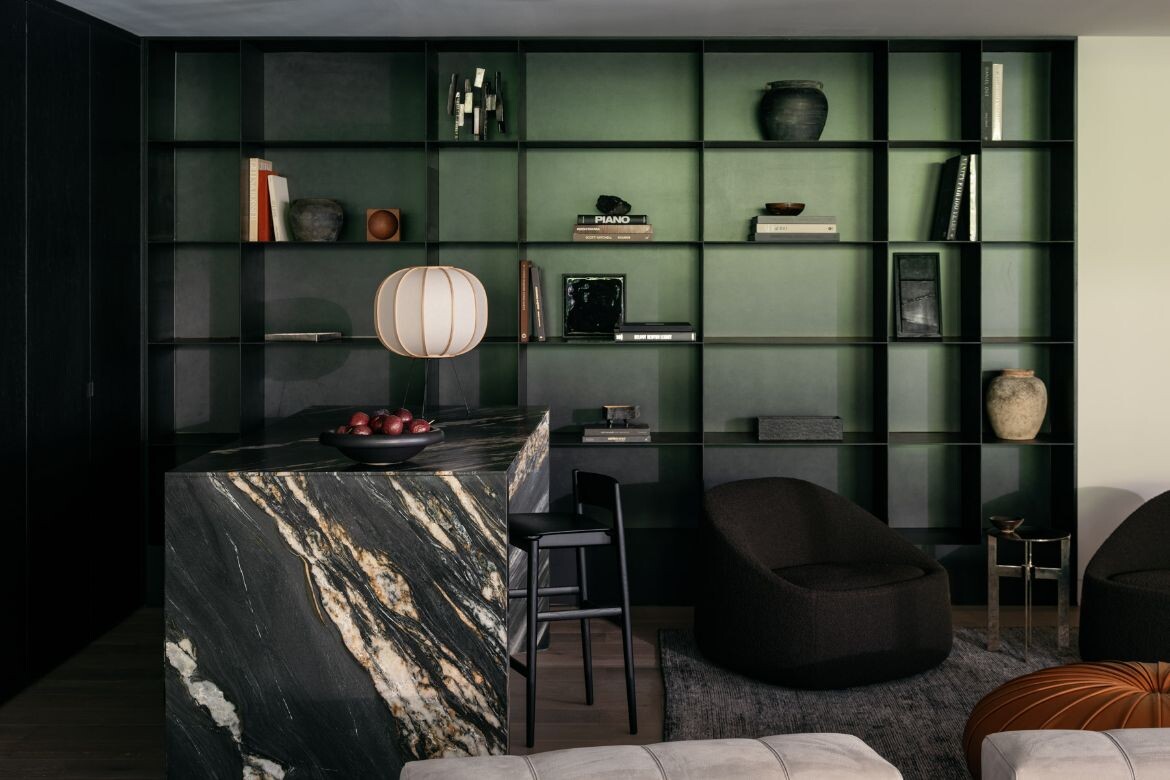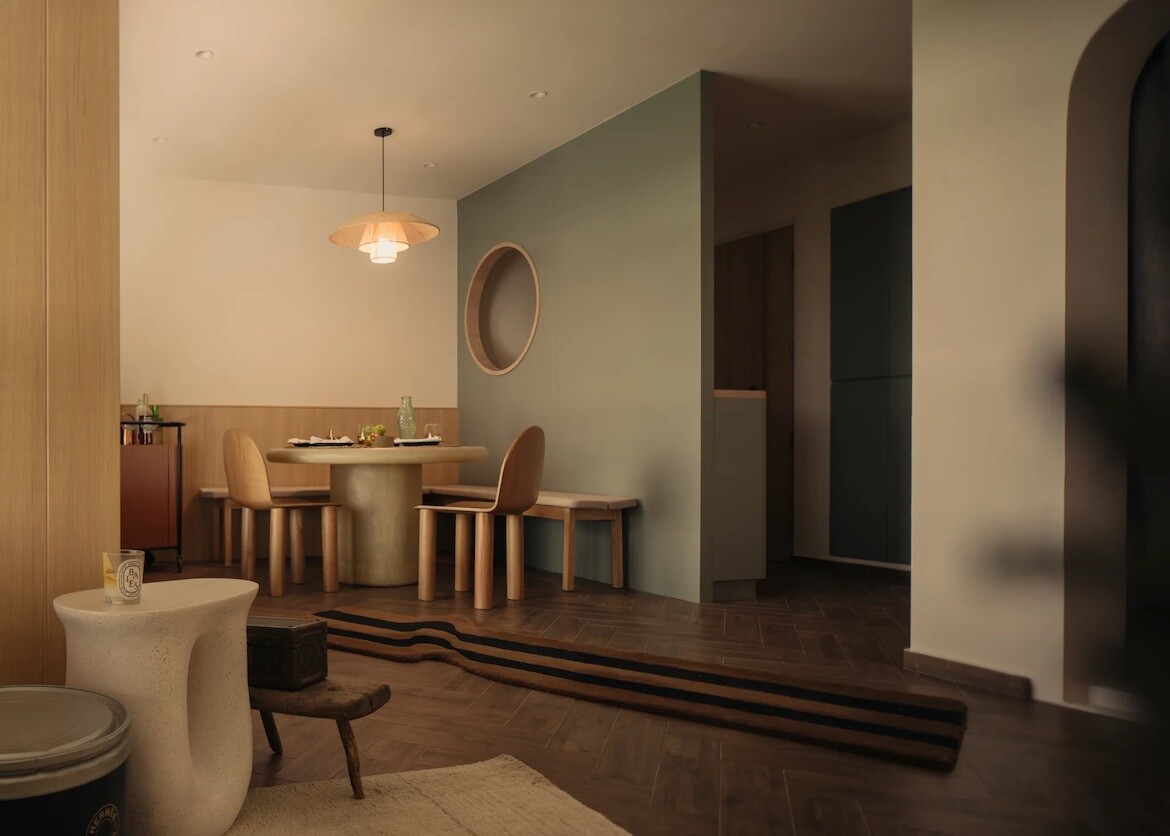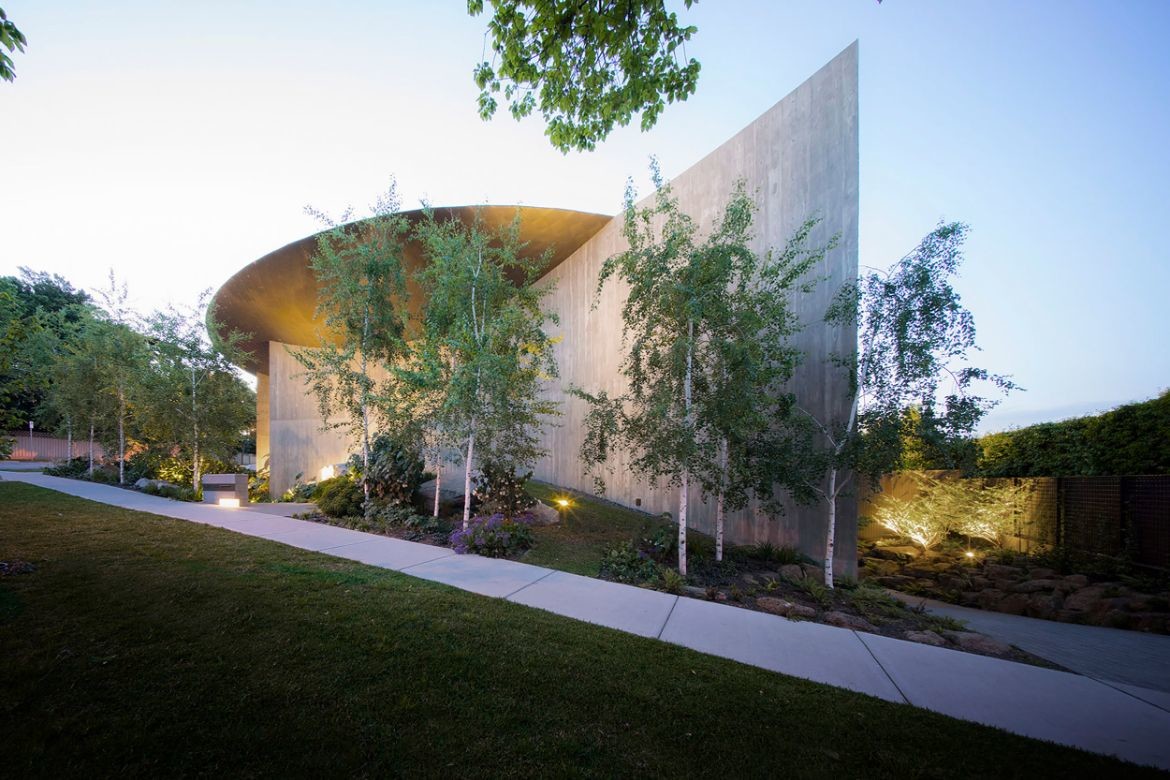Why aren't more architects using stone as a building material?
Stone has the potential to become a go-to, low-carbon structural material, but barriers around quarrying and a lack of awareness must be overcome to make this a reality, experts tell Dezeen in this Stone Age 2.0 feature. Arup geologist Paola Blasi, who advises architects on how to use stone, said the material is finally reappearing The post Why aren't more architects using stone as a building material? appeared first on Dezeen.
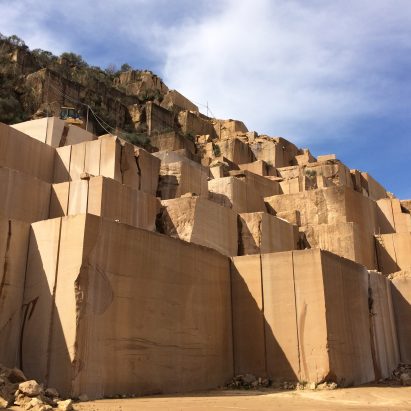
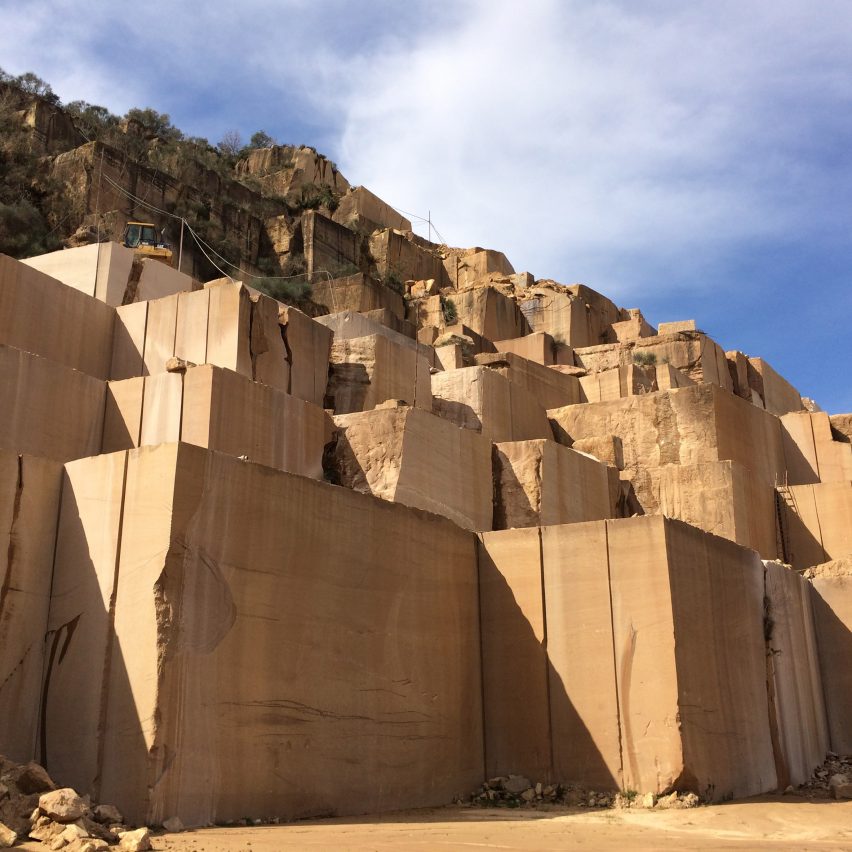
Stone has the potential to become a go-to, low-carbon structural material, but barriers around quarrying and a lack of awareness must be overcome to make this a reality, experts tell Dezeen in this Stone Age 2.0 feature.
Arup geologist Paola Blasi, who advises architects on how to use stone, said the material is finally reappearing in the structural lexicon thanks to its low-carbon footprint.
"The structural use of stone is not new," said Blasi. "People are talking about the embodied carbon of materials and stone is entering into this conversation because, really, the embodied carbon of this material is zero – you cut it and it's done."
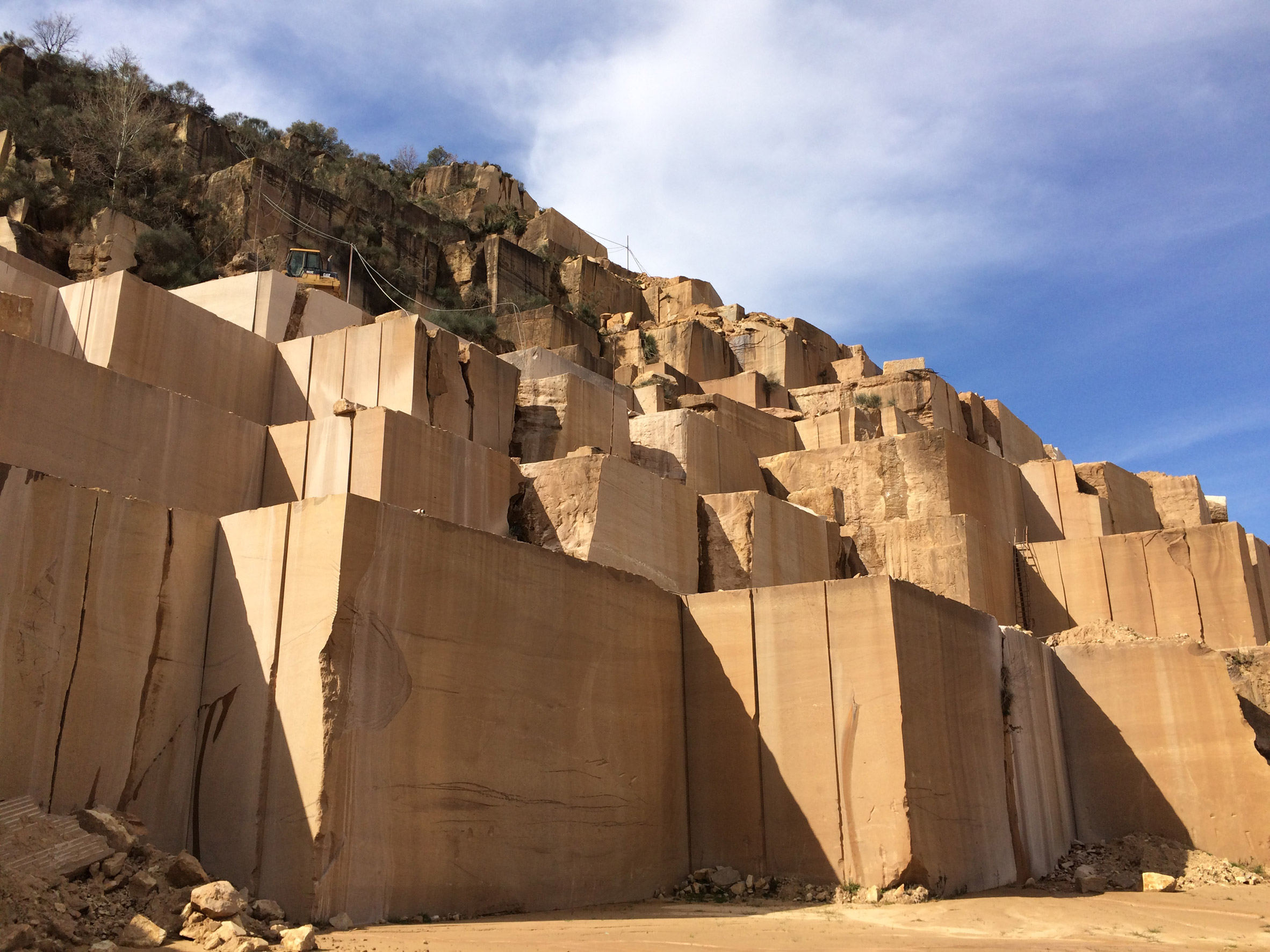
Architect Amin Taha, who designed the structural stone 15 Clerkenwell Close building, agreed, adding that it's gaining popularity because when compared to steel and concrete, the material offers extensive carbon savings.
"Concrete and steel suppliers and engineers are talking up 'green' versions of both, yet at their best they save 40 per cent if all energy and material savings are aligned, and stone remains 98 per cent lower in its embodied carbon even when diesel-powered cutting equipment is used," Taha told Dezeen.
"Using renewable energy, as the French government has asked its quarries to do, the stone has next to zero embodied carbon," he continued.
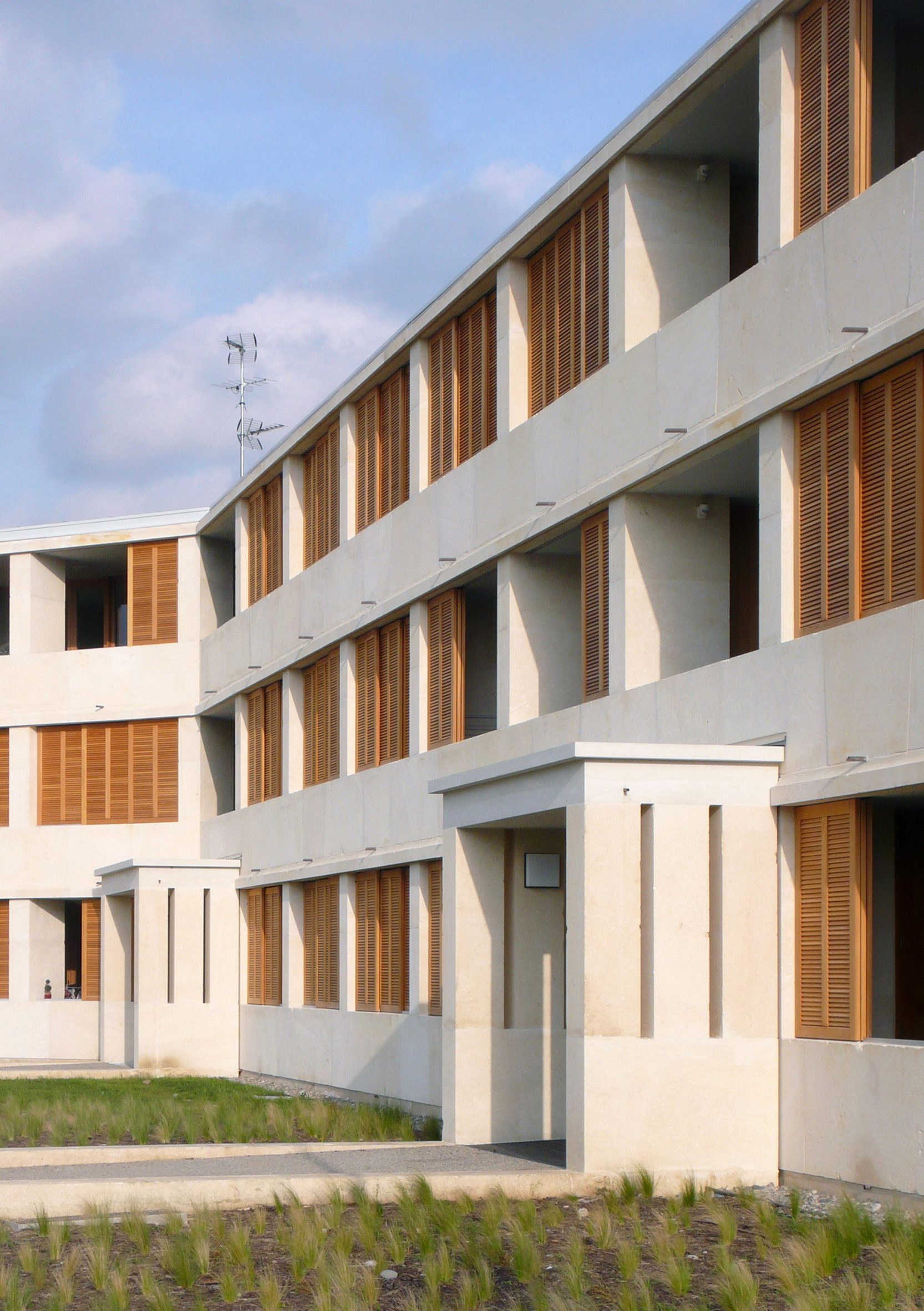
Yet, despite the potential carbon savings, the material is not being commonly used as a modern construction material.
According to experts, one of the main reasons for this is the debate over the stone's availability and the process of quarrying the material.
"There is a popular belief that there is no more stone"
While architect Elisabeth Polzella argued there is an abundance of stone to be explored by opening up more quarries, researcher Natalia Petkova believes the sites of these must be carefully assessed and planned.
"There is a popular belief that there is no more stone, but there is a lot of stone to build with," said Polzella
"It's very expensive and difficult to open a quarry, and it takes a long time, [but] policies should be that it's more permissive to open stone quarries."
Yet for Petkova, claims that stone is a "limitless material" are misleading.
"In an absolute sense, that's true, but in reality, there are many limitations," she said in an interview with Dezeen.
She explained that the proximity of a quarry to the construction site is important if the material is to be used sustainably.
"Research carried out at ETH Zurich suggests that if stone is transported by truck beyond 200 kilometres, it might no longer make sense to employ it structurally in terms of carbon reduction," Petkova said.
"There are also political and anthropogenic limitations with people for instance not wanting to have new quarries popping up in residential areas. These attitudes can of course evolve but it's not a given."
"Stone must be properly selected and sourced"
Experts were also concerned with the amount of waste produced in quarries, and the variation in the colour and veining of stone, which is hard to predict before extraction.
"If the quarries are not properly equipped, you can have a lot of waste and destroy a lot of material, which can affect the embodied carbon of stone," said Blasi.
"It's not enough to say let's use a stone, the stone must be properly selected and sourced."
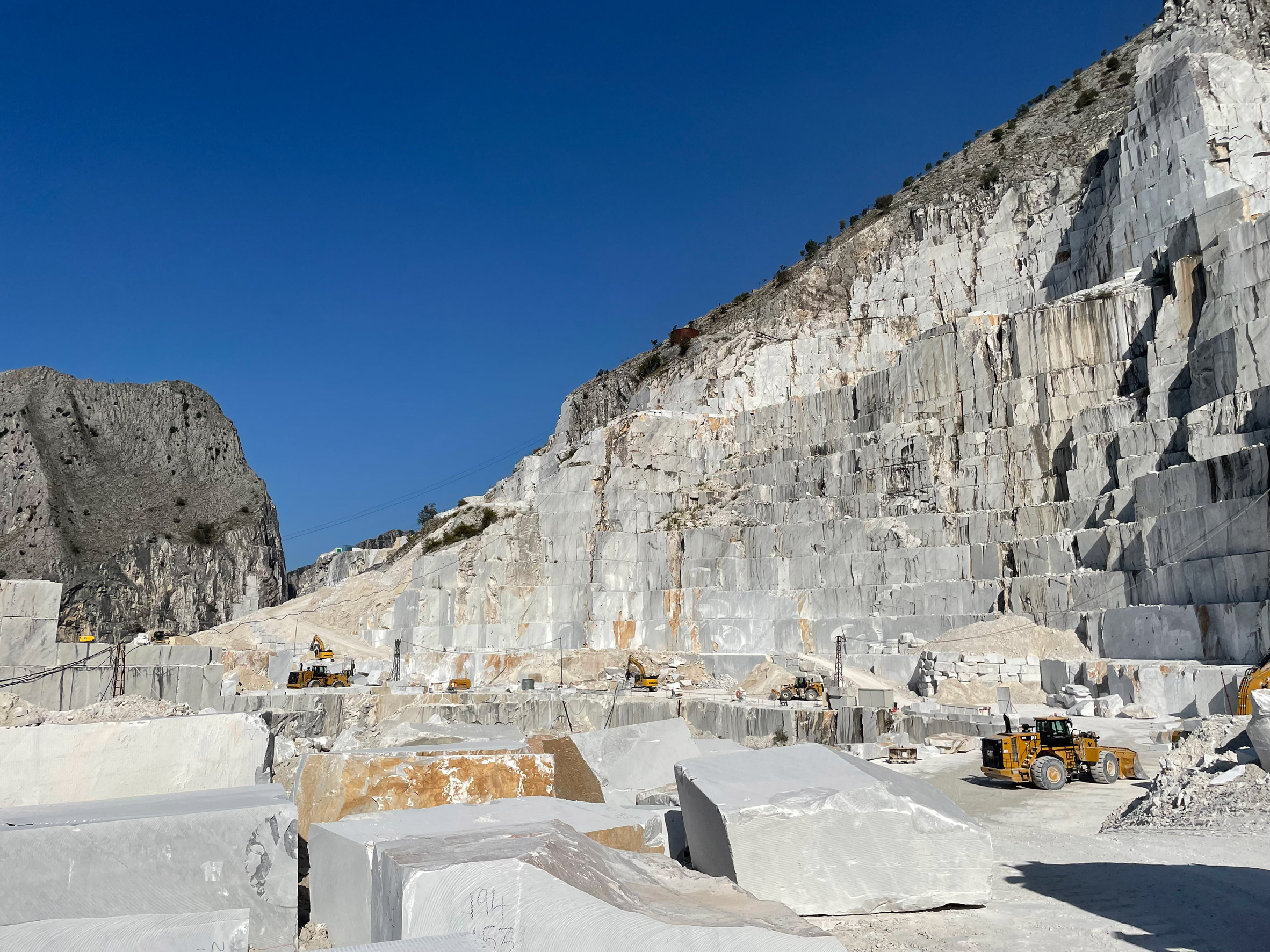
While variation in stone samples can be an aesthetic issue, it also raises concerns about variation in structural performance.
Blasi explained that proper identification and testing of stone will make it more accessible in the construction industry. Through this, she claims it will "increase trust" in the building material.
Although it's a requirement for stone construction products from Europe to be CE marked – which declares the material has been tested in porosity, absorption, flexural and compressive strength, among other things – and British products to be UKCA marked, Blasi claims not all quarries in Europe are properly testing their products.
"In the past, there was hesitation because, as stone is a natural material, it can vary between different samples," she explained. "For me, the big jump is to convince quarries and manufacturers to carefully characterise their product."
Stonemason Pierre Bidaud agreed that as the aesthetics of stone is often considered important, then any variation makes it extremely expensive. However, he doesn't believe this should limit its use.
"In France for the past 10 or 15 years, stone has been used as a load-bearing facade system because they are using the full range of stone," he said. "They do as little possible work to finish the stone to avoid high costs and energy."
"We need to reassure engineers because they see stone as a material that is really hard to be sure that there is no failure or crack in the natural material," he continued.
"The next highest hurdle will be procurement"
Taha believes that direct communication with stone suppliers and a better understanding of the material will improve its popularity as a structural building material and lead to "lower costs, negative embodied carbon and better architecture."
"Apart from educating consultants, the next highest hurdle will be procurement," he said.
"We have a rightly risk-averse industry, with the triumvirate of project manager-quantity surveyor-contractor setting another circular argument of 'what was right yesterday is right tomorrow' and somewhat worse still 'let the main contractor set the cost and by turn the market'."
"This limits room for innovation to save our clients' construction cost and inevitably sets a business-as-usual course when we're all fighting to lower carbon emissions," Taha added.
"We believe this will be the new CLT for the stone industry"
Bidaud believes that prefabricating structural stone will make the material become a popular choice among architects.
He has been putting this into practice as creative director of building firm The Stonemasonry Company, aiming to exemplify that stone can be assembled on construction sites quickly.
"We cannot build traditionally like we did 70 years ago on site, with wet trades, mortars and so on," said Bidaud.
"We are 20 years behind cross-laminated timber [CLT] and the wood revolution," he added. "It's only now that we are starting to see architects questioning the use of stone, not anymore as a veneer, but as a load-bearing material – proposing what CLT has been doing in the last 20 years as a prefabricated and perfected system."
"At The Stone Masonry Company, what we're trying to do with our reinforced and prefab natural stone system is speed up the programme on site."
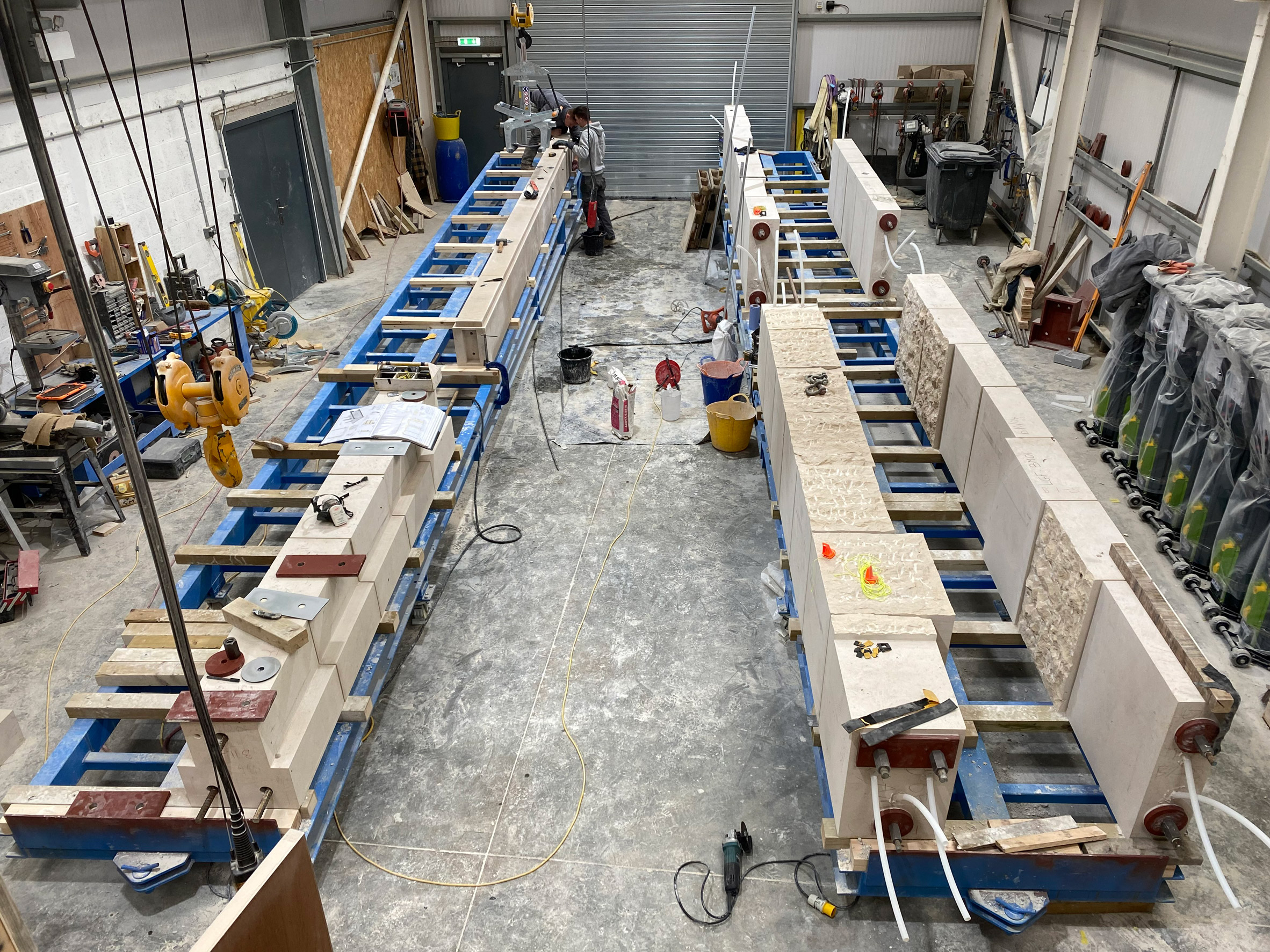
The Stonemasonry Company takes waste stone from quarries, which have been discarded because of variations in colour and veining, and reuses them by creating prefabricated components.
The discarded blocks are cut into smaller pieces to make it easier for engineers to check their suitability. Holes are drilled through them and cables or metal rebars are fed through to connect them into prefabricated construction elements.
According to Bidaud, prefabricated elements can be created as walls in sizes up to five square metres, 500-millimetre columns up to six metres tall, or they can be made into floor slabs.
"We believe this will be the new CLT for the stone industry," he said.
Harkening back to historic ways of sourcing stone, experts say spolia – a Latin term describing the dismantling of stone structures to be reused in new construction – is seeing a resurgence.
"A building becomes a quarry for another building"
Used in ancient times due to the effort of cutting and carving new stone, today its appeal is driven by the carbon cost benefit of reusing stone rather than having to quarry more raw material.
"The Roman Gothic and Renaissance builders dismantled buildings made of stone to reuse and rebuild other stone buildings – it's a sort of virtuous cycle," Bidaud explained.
"A building becomes a quarry for another building," Polzella added.
Robert Greer, director at stone and restoration contractor Paye Stonework, described that there has been a "significant increase" in the last five years in dismantling stone buildings for reuse.
This is sometimes driven by inaccessibility to new stone, whether through legislation restrictions or limited resources in quarries.
Greer described that London in particular has seen an increase in spolia in the last five years, largely prompted by planning policy changes that encourage a circular economy and the reuse of materials in their best form.
"A majority of the proposed schemes are within central London and satisfy the requirements of the London Planning Policy, but as technology to survey existing stone now allows us to scan the depth of individual stones, we are able to calculate the volume of stone for repurposing as structural stone or as cladding," said Greer.
"It's really gone on an exponential rise, whether that's a Trojan horse to satisfy the planning requirements and get a development through the system, or if it's a real conscientious recognition that there is a material there which is of good value and can be repurposed and reused and his best form."
"Knowledge has improved, production costs have come down and at the same time, people have recognised that stone is a resilient, solid material that can actually be reused – it's not there in permanence in the same way that concrete is," Greer said.
"Nowadays there's a lot of talk about deconstruction"
Petkova argued that disassembling stone buildings is not without carbon cost. To her, the longevity and permanence of stone is what makes it a more sustainable material.
"Nowadays there's a lot of talk about deconstruction and the reuse of individual building components, a process which nonetheless requires energy," she said.
"Solid stone construction speaks more to permanence and the idea of reusing buildings as a whole," Petkova continued. "This means designing buildings that are not only materially durable but that are also likely to remain culturally relevant for a very long time."
The top photo is by Paola Blasi.
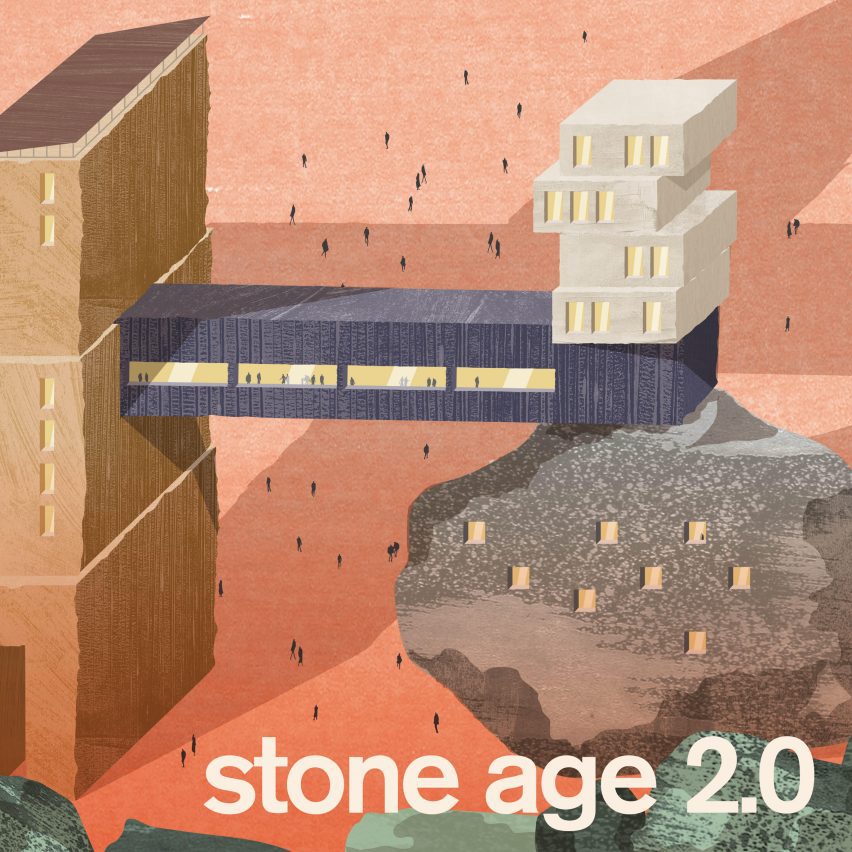
Stone Age 2.0
This article is part of Dezeen's Stone Age 2.0 series, which explores the potential of stone to be a viable, low-carbon, modern structural material.
The post Why aren't more architects using stone as a building material? appeared first on Dezeen.
What's Your Reaction?















